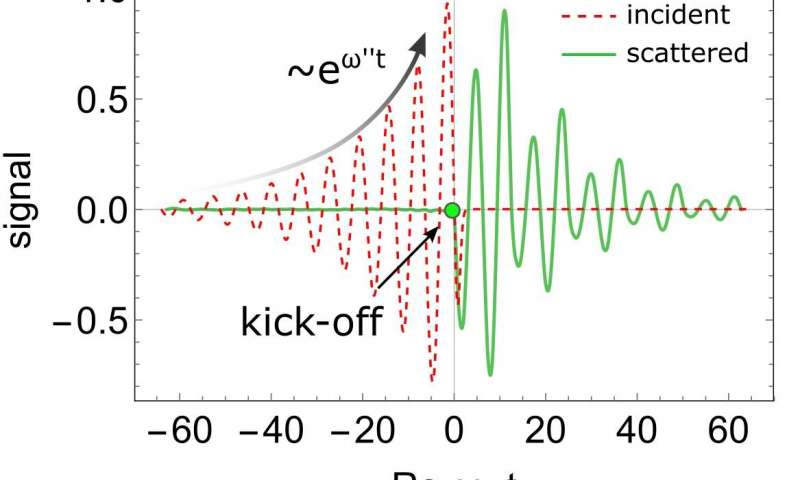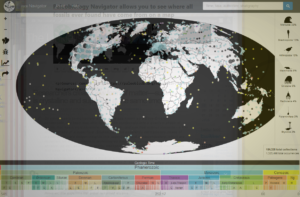With two billion people worldwide lacking access to clean and safe drinking water, joint research by Monash University, CSIRO and the University of Texas at Austin published today in Sciences Advances may offer a breakthrough new solution.
It all comes down to metal-organic frameworks (MOFs), an amazing next generation material that have the largest internal surface area of any known substance. The sponge like crystals can be used to capture, store and release chemical compounds. In this case, the salt and ions in sea water.
Dr Huacheng Zhang, Professor Huanting Wang and Associate Professor Zhe Liu and their team in the Faculty of Engineering at Monash University in Melbourne, Australia, in collaboration with Dr Anita Hill of CSIRO and Professor Benny Freeman of the McKetta Department of Chemical Engineering at The University of Texas at Austin, have recently discovered that MOF membranes can mimic the filtering function, or ‘ion selectivity’, of organic cell membranes.
With further development, these membranes have significant potential to perform the dual functions of removing salts from seawater and separating metal ions in a highly efficient and cost effective manner, offering a revolutionary new technological approach for the water and mining industries.
Source: Researchers discover efficient and sustainable way to filter salt and metal ions from water




